1,971cc OHV Inline 6-Cylinder Engine 3 Solex Downdraft Carburetors 130bhp at 5,750rpm 4-Speed Manual Transmission 4-Wheel Independent Suspension Front Disc/Rear Drum Brakes *Offered by the original owner *Highly correct, numbers matching example *Complete body off restoration *Eligible for the most desirable events *Impeccable and documented history including period racing provenance THE AC ACE-BRISTOL 'Of them all, the Ace was the truest sports car: it could be used for daily commuting or for high-speed long-distance touring, but it could also be driven to a race meeting, campaigned with distinction, and driven home again - even if that race was the Le Mans 24 Hours.' - AC Heritage, Simon Taylor & Peter Burn. The success of Cliff Davis's Tojeiro sports racer prompted AC Cars to put the design into production in 1954 as the Ace. The Davis car's pretty Ferrari 166-inspired barchetta bodywork was retained, as was John Tojeiro's twin-tube ladder frame chassis and Cooper-influenced all-independent suspension, but the power unit was AC's own venerable, 2-liter, long-stroke six. This single-overhead-camshaft engine originated in 1919 and with a modest 80bhp (later 100bhp) on tap, endowed the Ace with respectable, if not outstanding, performance. In 1955, AC added a hardtop version - the fastback-styled Aceca - and from 1956 onwards both models became available with the more powerful Bristol 2-liter, six-cylinder engine with its ingeniously arranged, pushrod-operated inclined valves. Although taller and heavier than AC's own engine, the BMW-based Bristol was considerably more powerful thanks to its superior cylinder head design and down-draught carburettors. Up to 130bhp was available from the Bristol unit in road trim, in which form the Ace could touch 120mph (195km/h), while around 150bhp could be wrung from it for racing. The Bristol-engined Ace was not only more powerful, it was also considerably more expensive, costing £2,011 in 1957, an increase of 22% over the price of the AC-engined version. For that you could buy two MGAs, and even Jaguar's XK140 was cheaper than the Ace Bristol. Nevertheless, by the time Ace production ceased in 1963, more than half the 723 cars built had left the factory fitted with Bristol engines. The combination of a fine-handling chassis and a decent power-to-weight ratio helped the Ace to numerous successes in production sports car racing; arguably its finest achievement being a first-in-class and seventh overall finish at Le Mans in 1959. Indeed, its basic soundness and versatility were reflected in the fact that relatively few major changes were found necessary when the Ace was endowed with Ford V8 power to create the legendary Cobra. THE MOTORCAR OFFERED In 1959, it became obvious to the consignor that his race prepped Triumph TR3 was not going to be competitive in its class and so began the search for his dream car. In September of 1959, his search ended when he found a 1959 AC Ace-Bristol at Motorsport Corp. in Santa Fe, N.M. The dealer was in some financial trouble as they were trying to sell some rather expensive cars that were void of heaters, as a result the dealer was only in business for 2 years. With the help of his credit union and brave father who co-signed for the car, the consignor purchased BEX 1003 for $6,495 plus tax and fees. The following spring the the consignor began racing at the airport course in La Junta, Colorado, and at CDR, the SCCA track in Colorado Springs. He won his first two races, placed second in his third race, and won his class in the feature. He would go on to win a total of 12 races over the two seasons he campaigned. The consignor considers himself very lucky to have raced with (but of course not against) the Meisterbrau Scarabs, Ferrari 250TRs, Maserati Birdcages, and Aston-Martin DB3S, among many other top competitors and references this as "the best time of my life". In February of 1962, the consignor was drafted into the army at which point the car was tuck
1,971cc OHV Inline 6-Cylinder Engine 3 Solex Downdraft Carburetors 130bhp at 5,750rpm 4-Speed Manual Transmission 4-Wheel Independent Suspension Front Disc/Rear Drum Brakes *Offered by the original owner *Highly correct, numbers matching example *Complete body off restoration *Eligible for the most desirable events *Impeccable and documented history including period racing provenance THE AC ACE-BRISTOL 'Of them all, the Ace was the truest sports car: it could be used for daily commuting or for high-speed long-distance touring, but it could also be driven to a race meeting, campaigned with distinction, and driven home again - even if that race was the Le Mans 24 Hours.' - AC Heritage, Simon Taylor & Peter Burn. The success of Cliff Davis's Tojeiro sports racer prompted AC Cars to put the design into production in 1954 as the Ace. The Davis car's pretty Ferrari 166-inspired barchetta bodywork was retained, as was John Tojeiro's twin-tube ladder frame chassis and Cooper-influenced all-independent suspension, but the power unit was AC's own venerable, 2-liter, long-stroke six. This single-overhead-camshaft engine originated in 1919 and with a modest 80bhp (later 100bhp) on tap, endowed the Ace with respectable, if not outstanding, performance. In 1955, AC added a hardtop version - the fastback-styled Aceca - and from 1956 onwards both models became available with the more powerful Bristol 2-liter, six-cylinder engine with its ingeniously arranged, pushrod-operated inclined valves. Although taller and heavier than AC's own engine, the BMW-based Bristol was considerably more powerful thanks to its superior cylinder head design and down-draught carburettors. Up to 130bhp was available from the Bristol unit in road trim, in which form the Ace could touch 120mph (195km/h), while around 150bhp could be wrung from it for racing. The Bristol-engined Ace was not only more powerful, it was also considerably more expensive, costing £2,011 in 1957, an increase of 22% over the price of the AC-engined version. For that you could buy two MGAs, and even Jaguar's XK140 was cheaper than the Ace Bristol. Nevertheless, by the time Ace production ceased in 1963, more than half the 723 cars built had left the factory fitted with Bristol engines. The combination of a fine-handling chassis and a decent power-to-weight ratio helped the Ace to numerous successes in production sports car racing; arguably its finest achievement being a first-in-class and seventh overall finish at Le Mans in 1959. Indeed, its basic soundness and versatility were reflected in the fact that relatively few major changes were found necessary when the Ace was endowed with Ford V8 power to create the legendary Cobra. THE MOTORCAR OFFERED In 1959, it became obvious to the consignor that his race prepped Triumph TR3 was not going to be competitive in its class and so began the search for his dream car. In September of 1959, his search ended when he found a 1959 AC Ace-Bristol at Motorsport Corp. in Santa Fe, N.M. The dealer was in some financial trouble as they were trying to sell some rather expensive cars that were void of heaters, as a result the dealer was only in business for 2 years. With the help of his credit union and brave father who co-signed for the car, the consignor purchased BEX 1003 for $6,495 plus tax and fees. The following spring the the consignor began racing at the airport course in La Junta, Colorado, and at CDR, the SCCA track in Colorado Springs. He won his first two races, placed second in his third race, and won his class in the feature. He would go on to win a total of 12 races over the two seasons he campaigned. The consignor considers himself very lucky to have raced with (but of course not against) the Meisterbrau Scarabs, Ferrari 250TRs, Maserati Birdcages, and Aston-Martin DB3S, among many other top competitors and references this as "the best time of my life". In February of 1962, the consignor was drafted into the army at which point the car was tuck

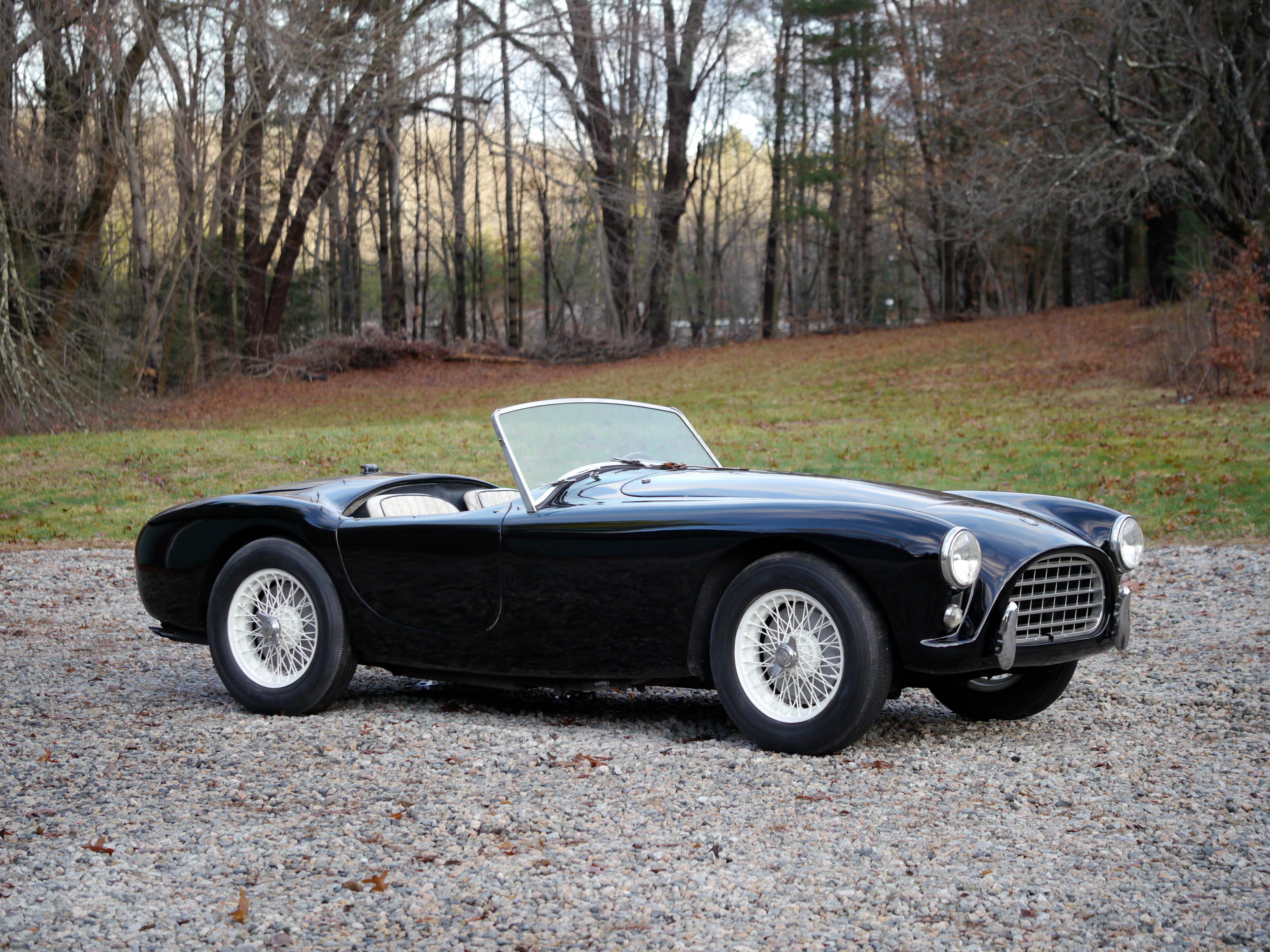

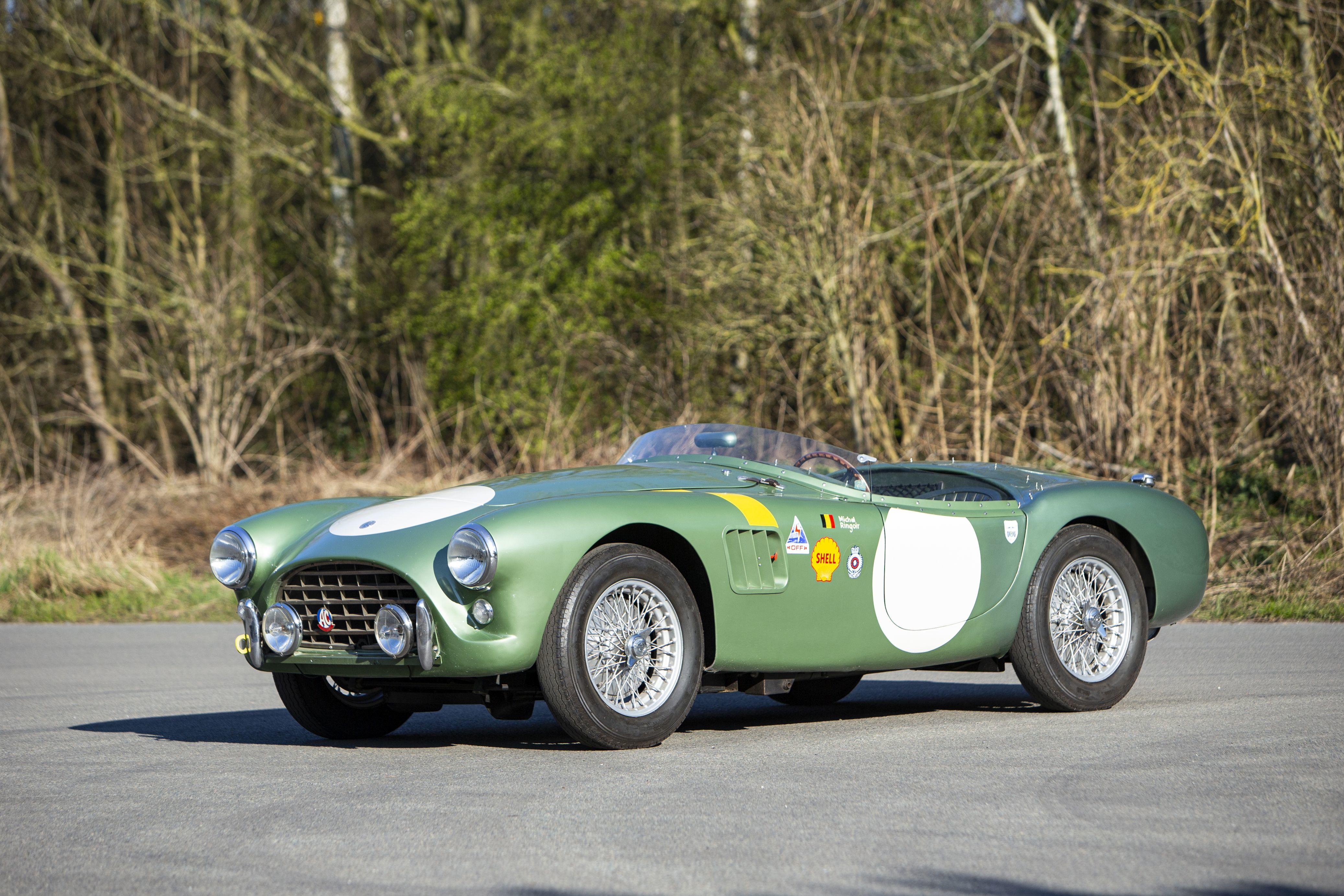
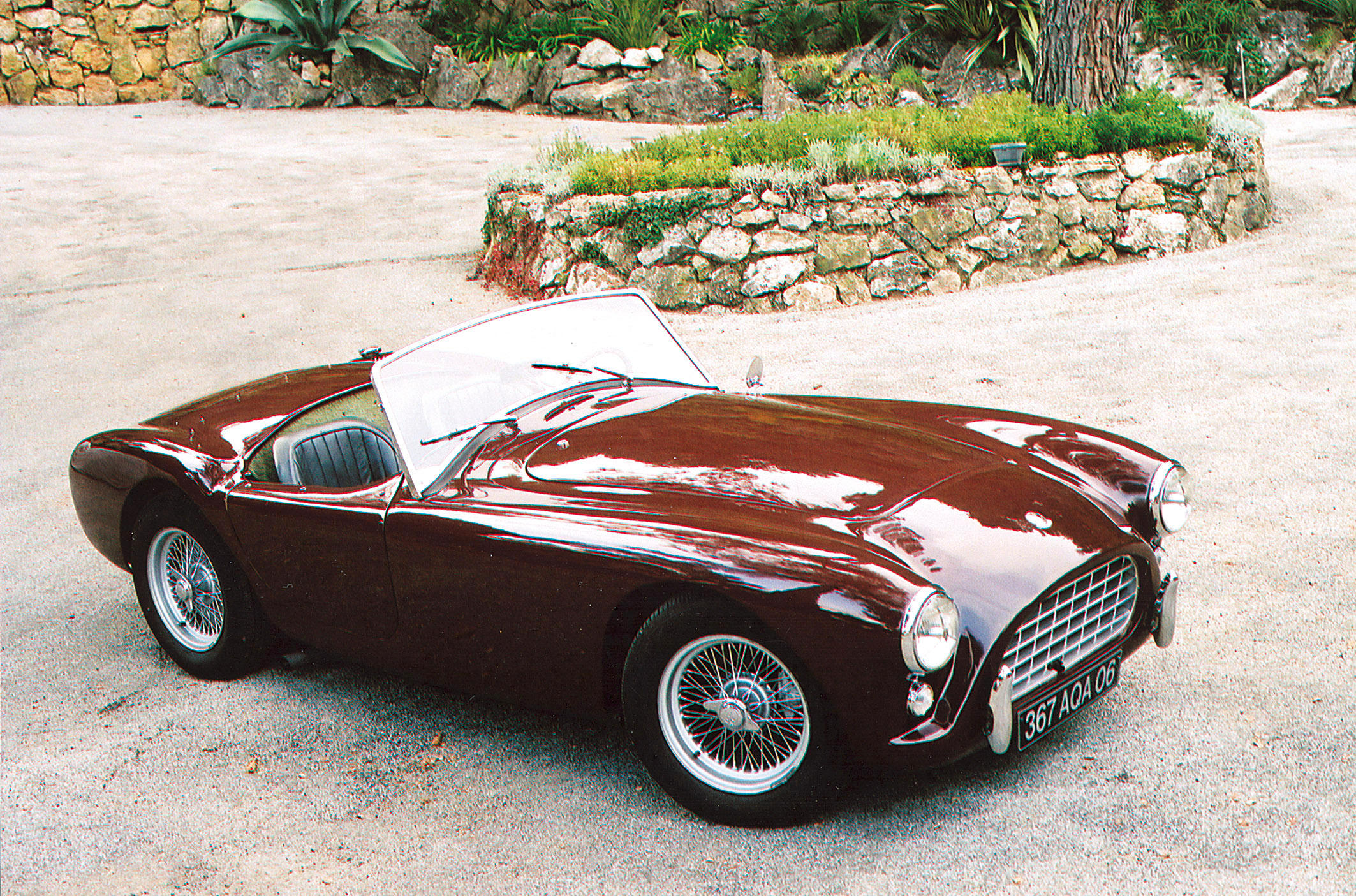
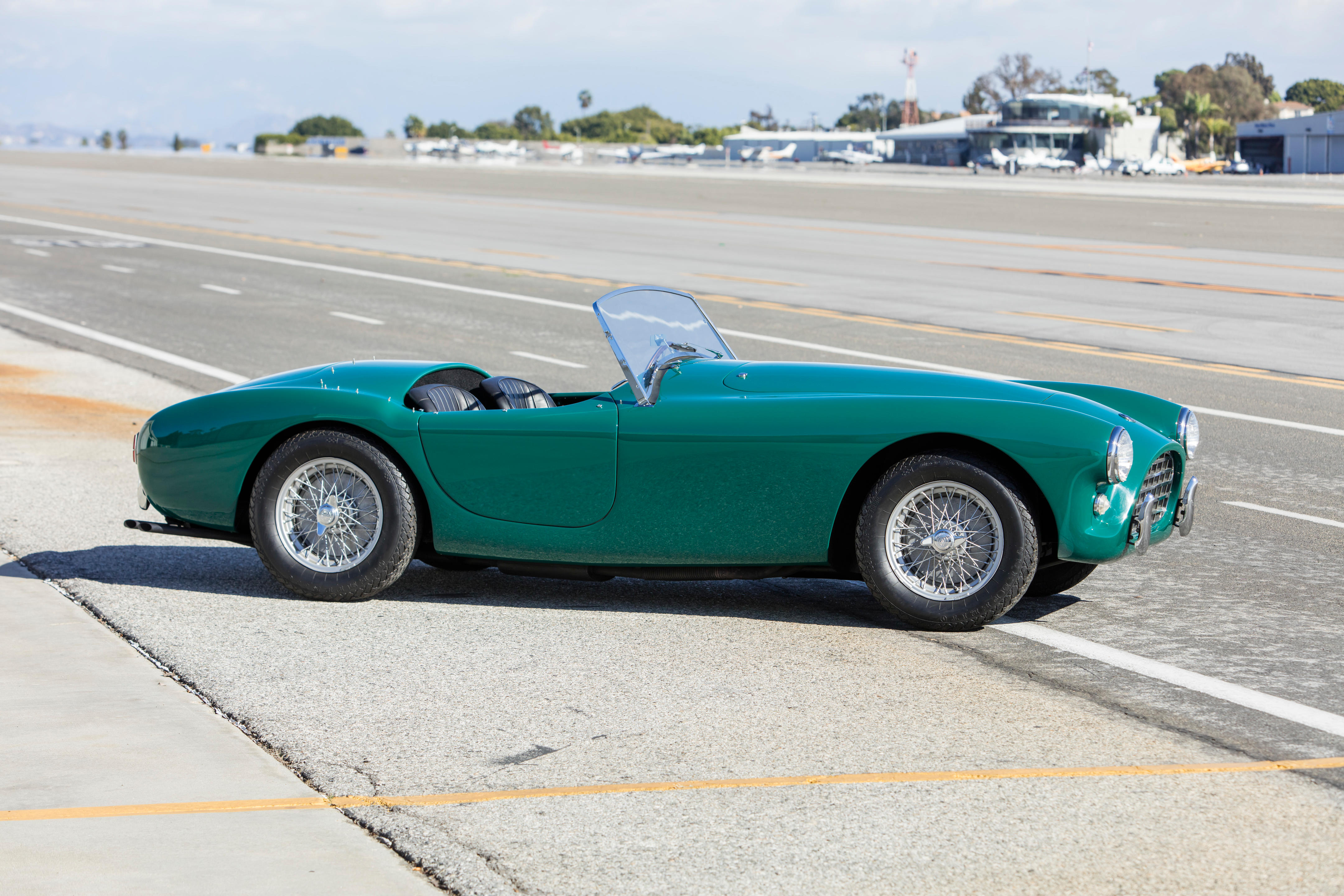


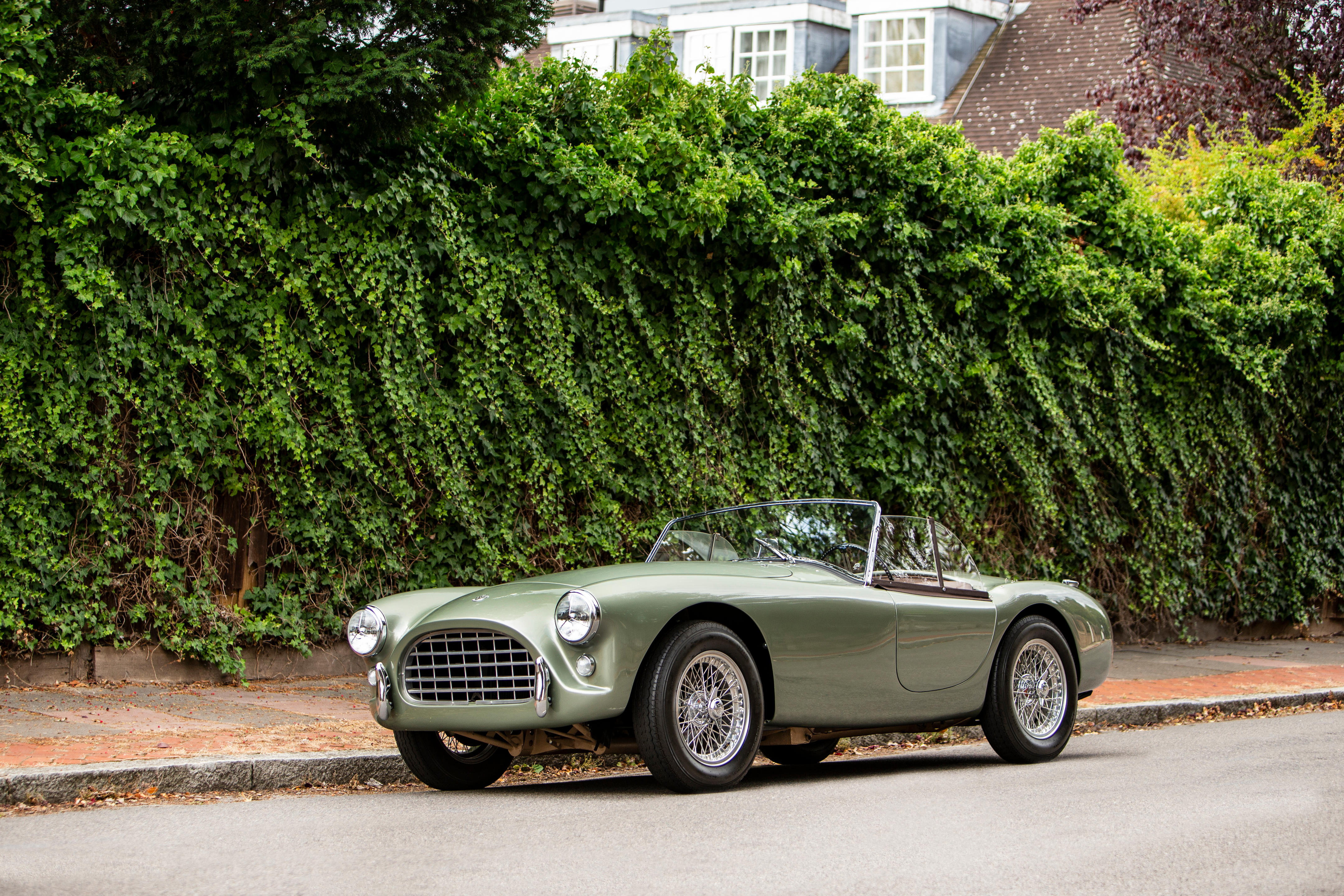



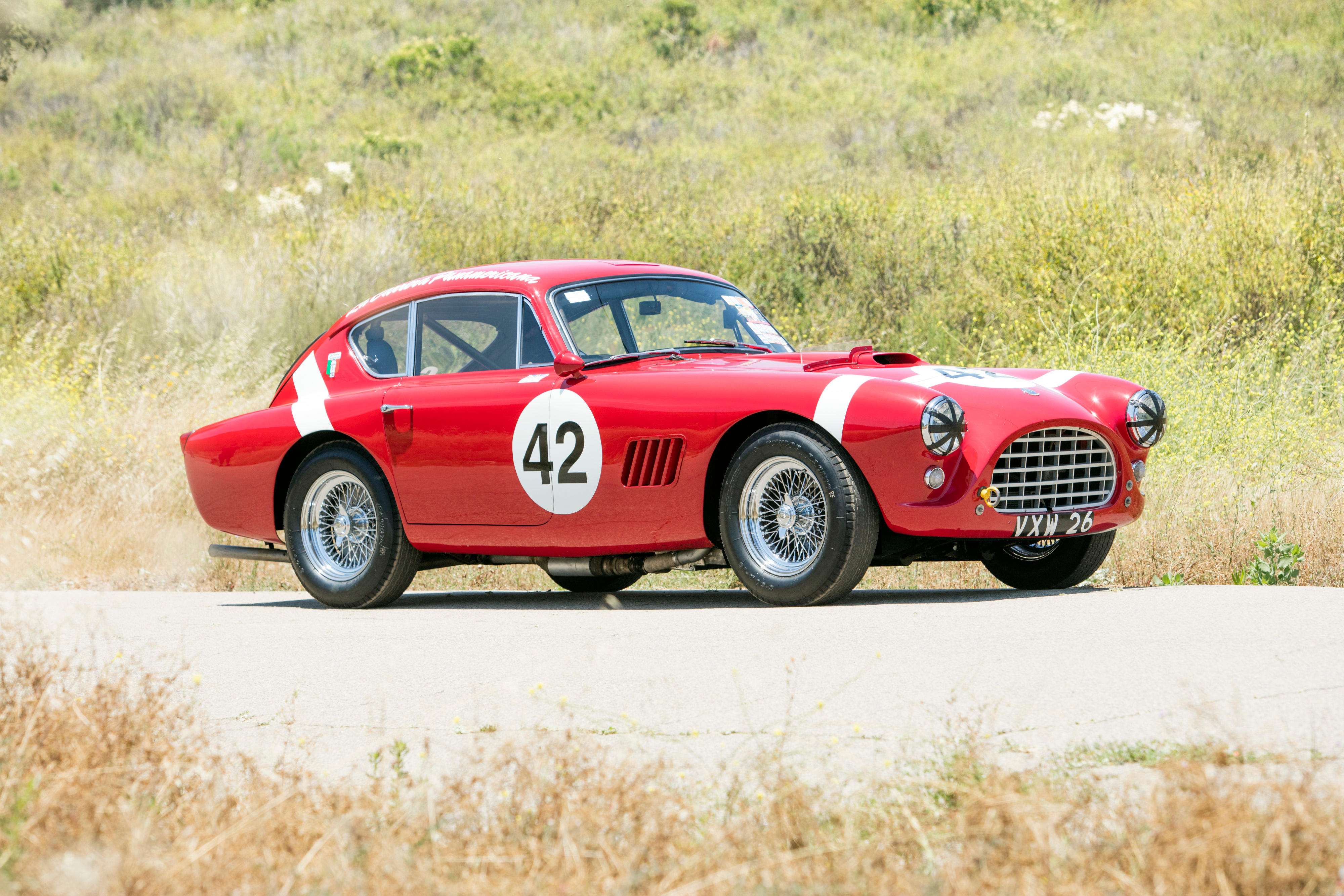


Testen Sie LotSearch und seine Premium-Features 7 Tage - ohne Kosten!
Lassen Sie sich automatisch über neue Objekte in kommenden Auktionen benachrichtigen.
Suchauftrag anlegen